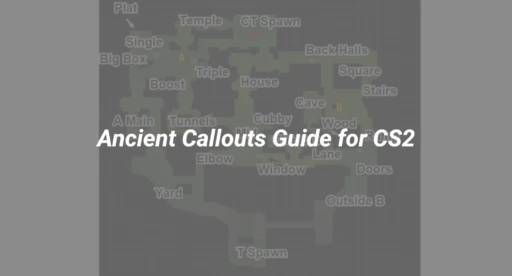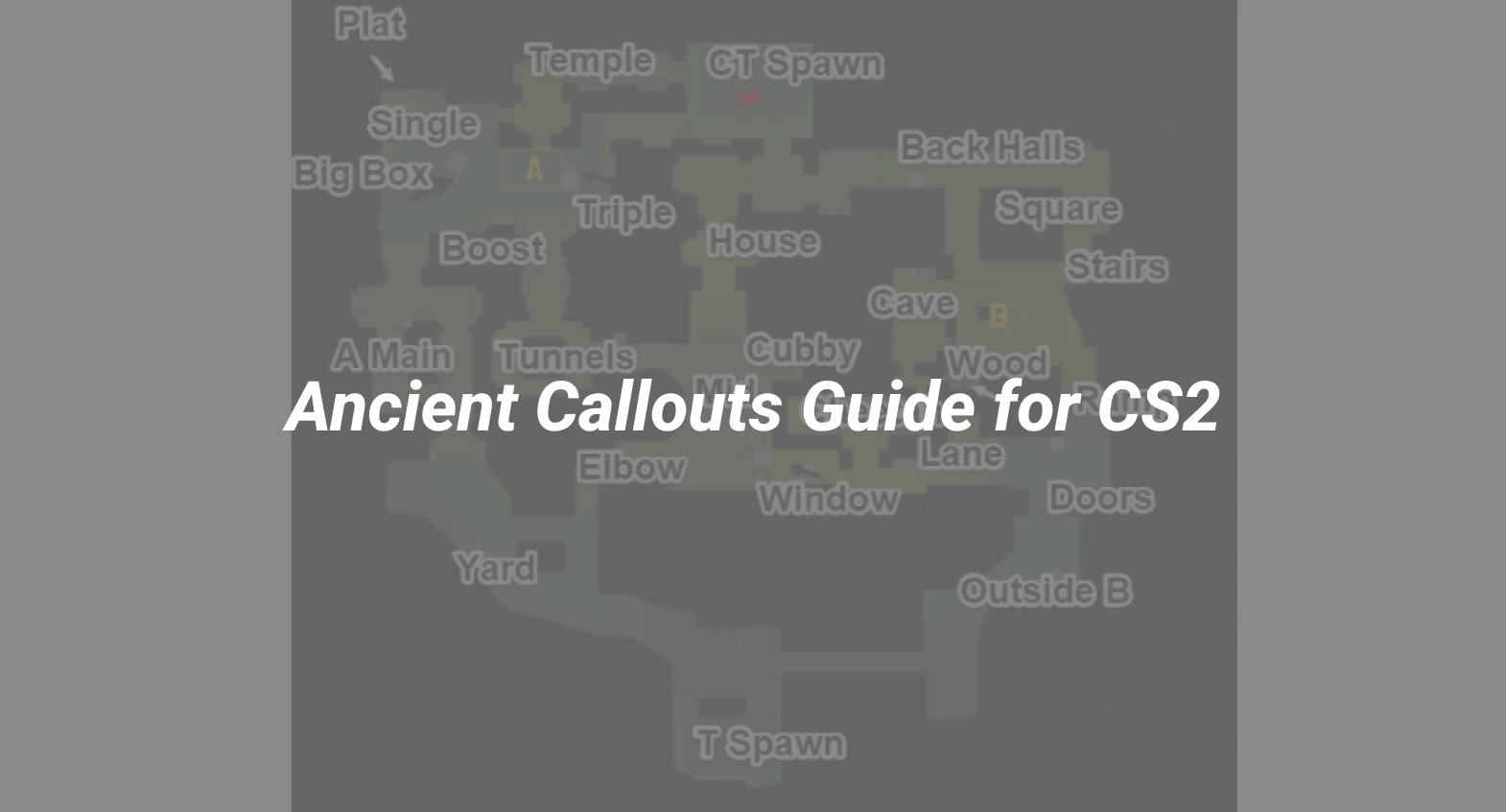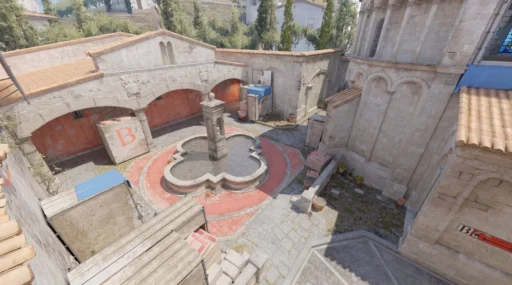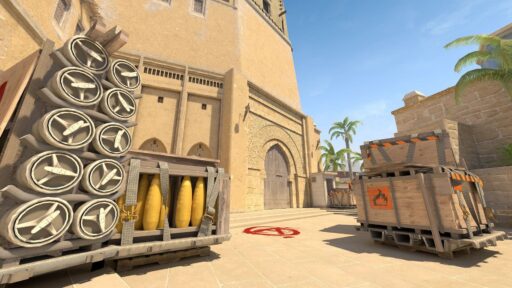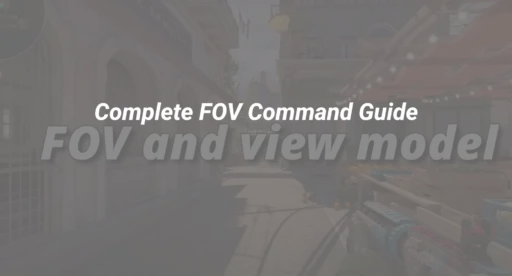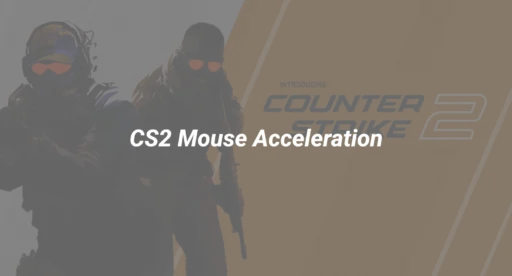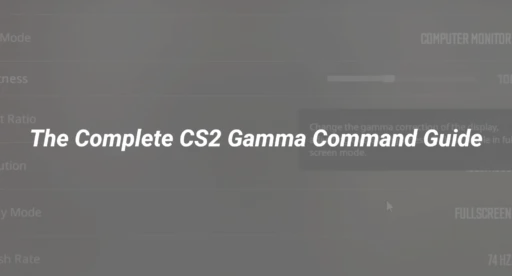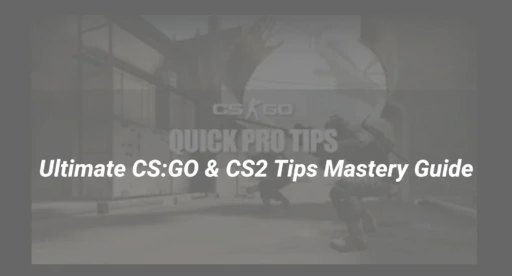Introduction: Why Ancient Callouts Are the Key to Winning in CS2
Struggling to coordinate your team on Ancient? Missing key enemy positions because the names are confusing or inconsistent? You’re not alone. Mastering Ancient callouts in CS2 is one of the fastest ways to transform frustrating chaos into smooth, tactical victories. Whether you’re new to the map or aiming for pro-level synergy, this guide is designed to make every single callout clear, actionable, and unforgettable.
What Are Ancient Callouts and Why Do They Matter?
Ancient callouts are the agreed-upon names for specific spots and pathways on the map “Ancient” in Counter-Strike 2 (CS2). Effective use of callouts:
- Enables fast, precise communication
- Boosts teamwork, allowing for quick rotations and coordinated attacks
- Minimizes confusion and friendly fire
- Builds habits essential for competitive and ranked play
Benefits of Mastering Ancient Callouts
- Faster Enemy Detection: Instantly identify and call enemy positions.
- Smarter Rotations: Direct teammates effectively during site retakes or bomb plants.
- Consistent Wins: Better comms mean fewer mistakes.
Complete Ancient Callouts Breakdown
Master these Ancient callouts and you’ll understand every angle. Here’s a categorized list for clarity:
A Site & Pathways
- A Main
- A Cave
- A Long
- Temple
- Donut
- Pillars
- Plat
- Triple Box
- Hall
- Stairs
- Boost
B Site & Pathways
- B Main
- Jaguar
- Cave
- Back Site
- Pillar
- Ramp
- Ruins
- Tunnel
Mid Control Areas
- Mid
- Donut
- Red (Top Mid)
- Elbow/Lower Mid
- Connector
- Cubby/Pit
- Xbox
Spawn & Rotations
- T Spawn
- CT Spawn
- Alley
- Bridge
- Water
Other Important Spots
- Jungle
- Lamp Room
- Side Hall
- Split
These callouts are the backbone of Ancient’s tactical depth. As soon as you learn them, gameplay becomes decisively clearer—a must for ranking up.
How to Memorize and Practice Ancient Callouts
Learning all these callouts might seem overwhelming, especially if you’re new to CS2 or Ancient. Here’s a proven method, used by pros:
- Split the Map: Focus on one bombsite (A or B) plus Mid per session.
- Use Visual Maps: Print or keep an image of Ancient’s callouts open during practice.
- Drill in Custom Games: Walk through each area, repeating the callout out loud.
- In-Game Testing: Make practice rounds with bots, intentionally calling out positions you pass.
- Review in Teams: Share and quiz with the team or friends after matches.
For a practical step-by-step walkthrough, check out our interactive map guide for CS2 maps to see how callouts look spatially at the end of each game.
Configuration and Communication Tips (Step by Step)
Having the right settings enhances your ability to deliver and receive callouts effectively.
1. Enable Voice Communication
- Activate push-to-talk for crisp calls.
- Adjust mic sensitivity per your CS2 audio settings for best clarity.
2. Use Map Overlays
- Turn on the radar to always track teammate callouts (settings found in our CS2 minimap and radar guide).
3. Practice in Private Lobbies
- Load Ancient solo or with friends.
- Use practice commands to pause rounds and explore.
4. Utilize In-Game Chat Binds
- Speed up common messages using chat binds for info like “enemy at Donut” or “rotate B”.
5. Record & Review
- Save your demos, then review the comms post-match alongside our CS2 demo controls guide.
Advanced Ancient Tactics and Positioning
Knowing the names is only part of the battle—it’s how you use those positions that wins games.
- Mid Control Wins Games: Dominating Mid gives you multiple fast routes to both bombsites.
- Utility Usage: Smokes and flashes in A Main, Donut, Jaguar, and Ruins often decide rounds.
- Rotation Awareness: Listen for callouts about Alley and Bridge to predict enemy flanks.
- Bombsite Defense: Play off information from Temple (A) and Back Site/Pillar (B) to set up crossfires.
For a pro-level breakdown on strategic rotations and defense, consider pairing this guide with our CS2 beginner tactics to master macro and micro strategy.
Common Questions About Ancient Callouts
How many key callouts are there on Ancient?
- Typically, 25-30 widely accepted names; however, mastery comes from understanding the most active combat points for your skill level.
Is it worth learning every single callout?
- Focus first on major sites and chokepoints, then branch into mid and niche locations as you gain confidence.
What’s the biggest mistake on Ancient for beginners?
- Ignoring Mid and Donut control or using inconsistent callout terms with your team.
For more answers on mastering CS2, be sure to read our CS2 terminology glossary for every map.
Conclusion
Ancient callouts are the foundation of elite play in Counter-Strike 2. By committing to learning and practicing these map names, and weaving them into every round, you’ll see direct improvements in teamwork, reaction speed, and overall wins. Use this guide to reinforce your understanding, bring clarity to chaotic rounds, and always have the edge with strategic map knowledge.
Ready to take your learning even further? Start making every round on Ancient count—one callout at a time!

